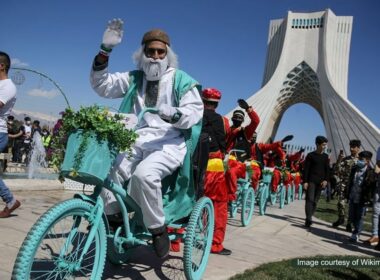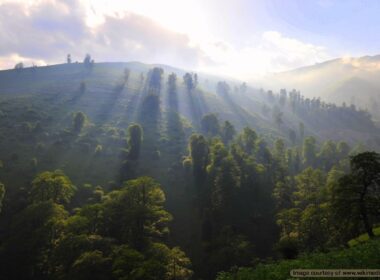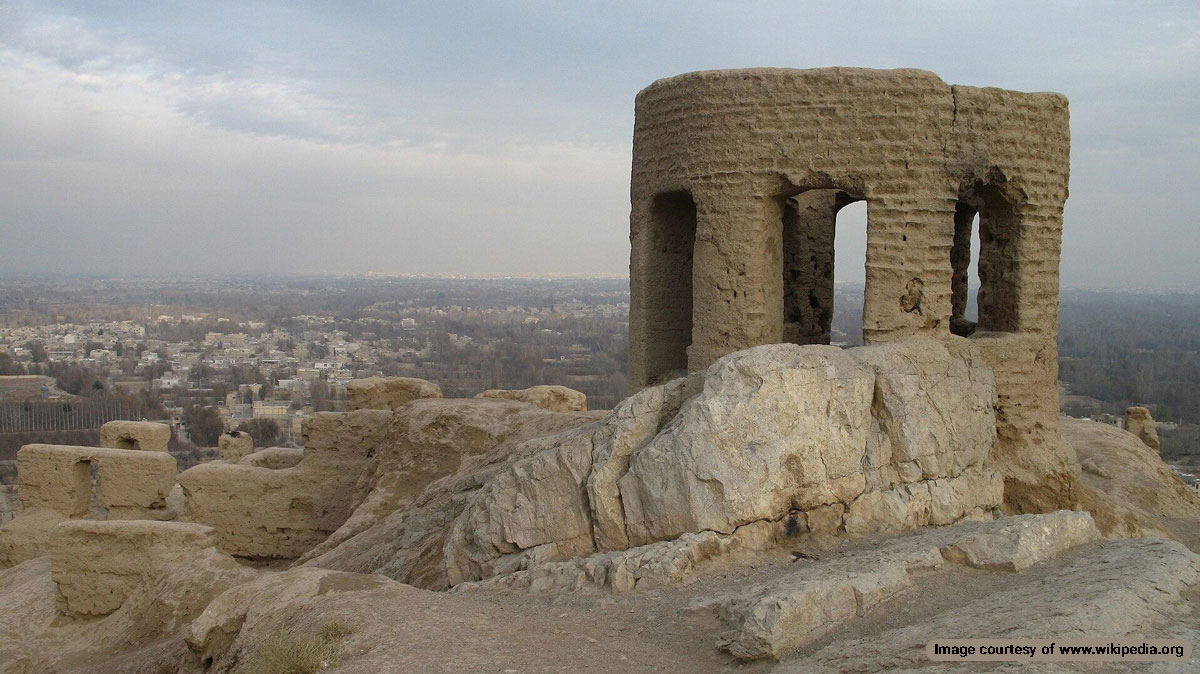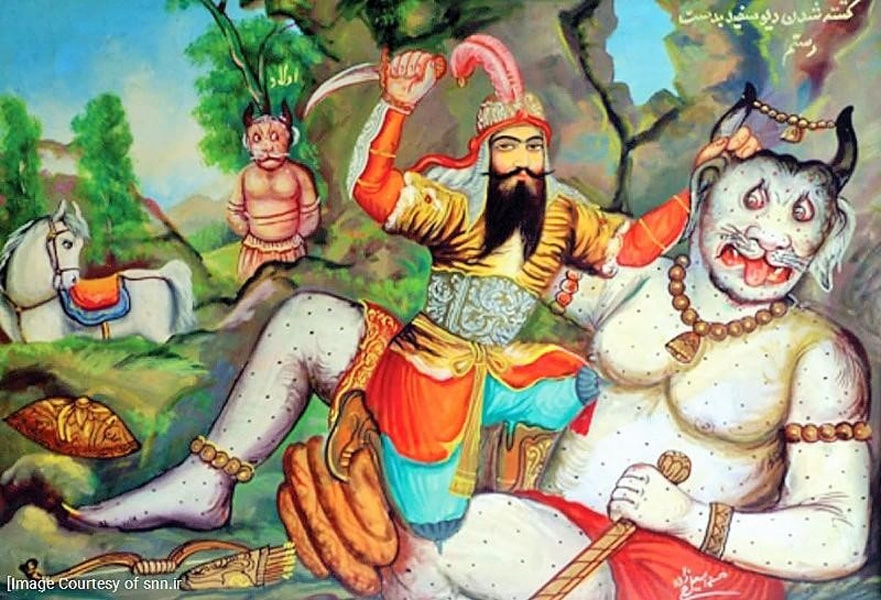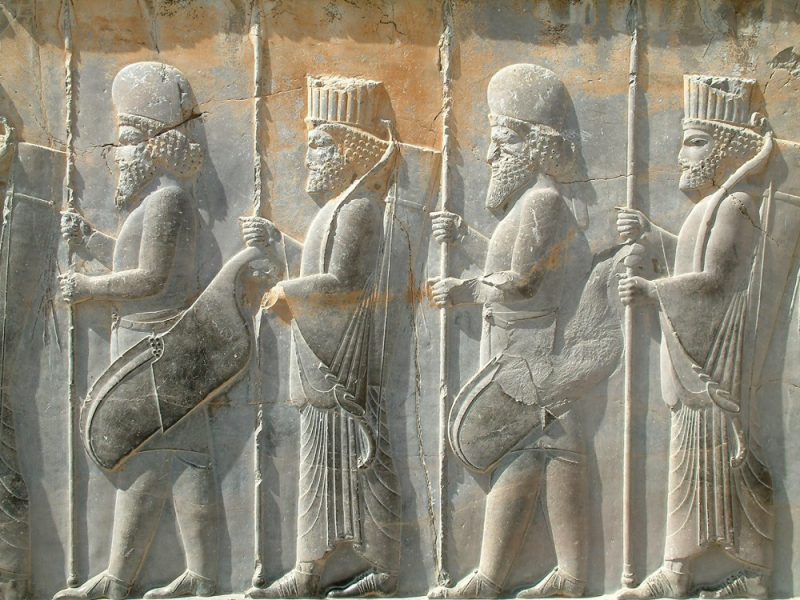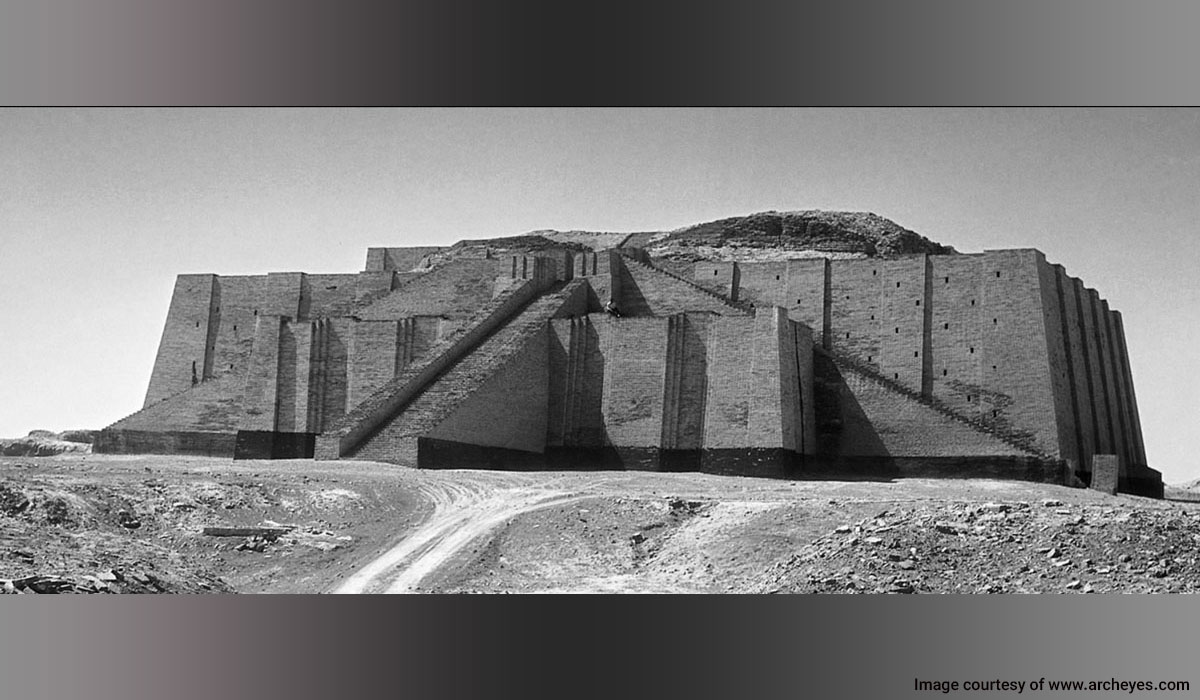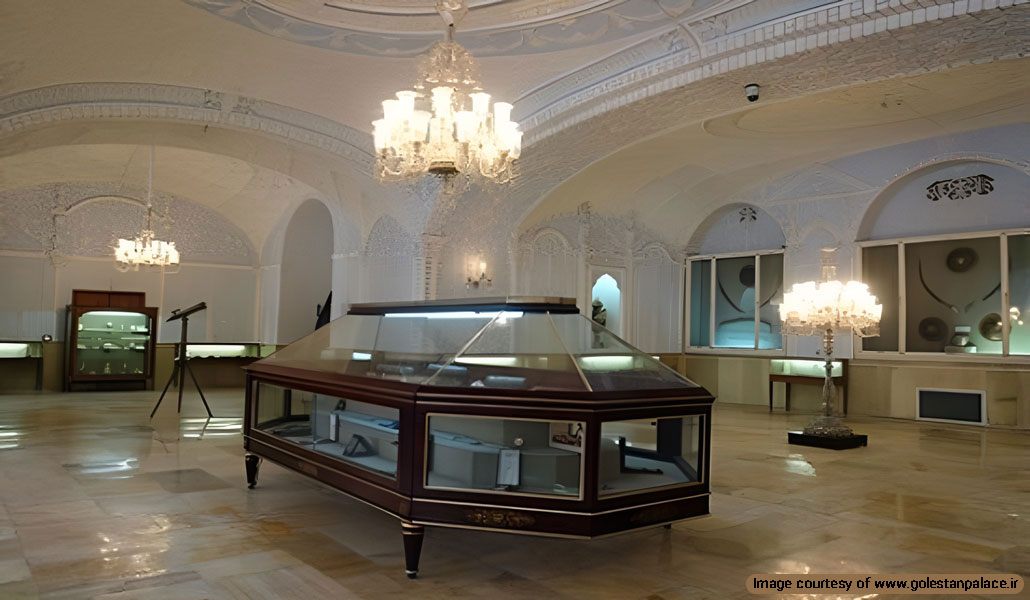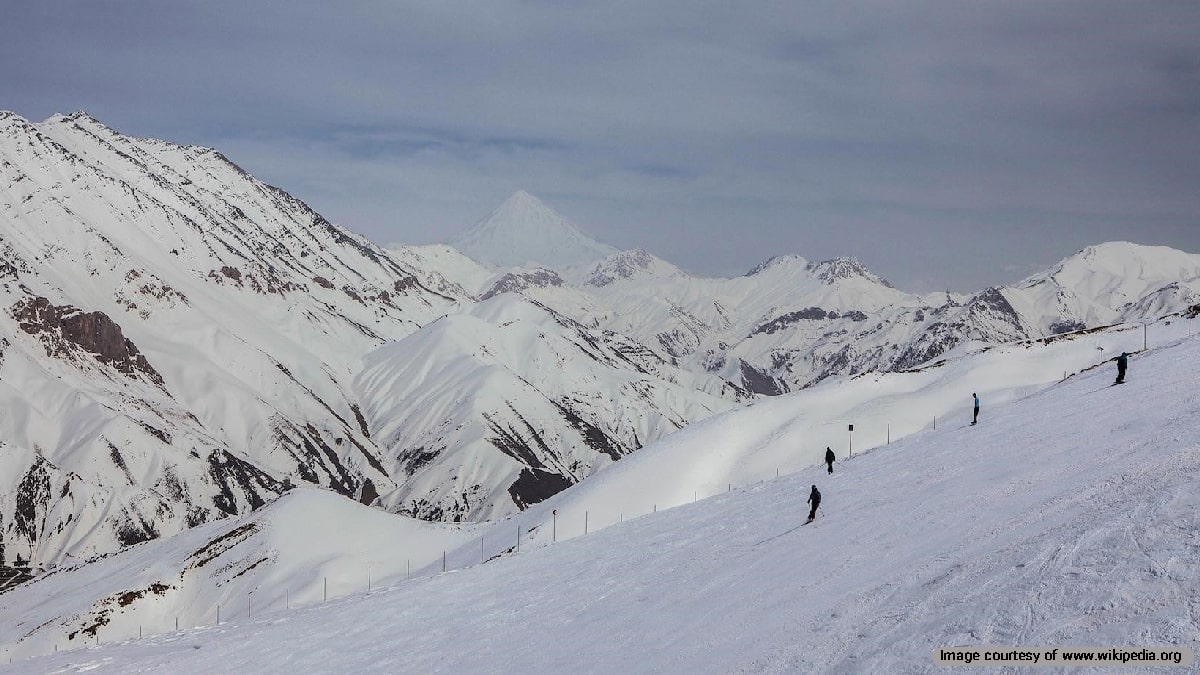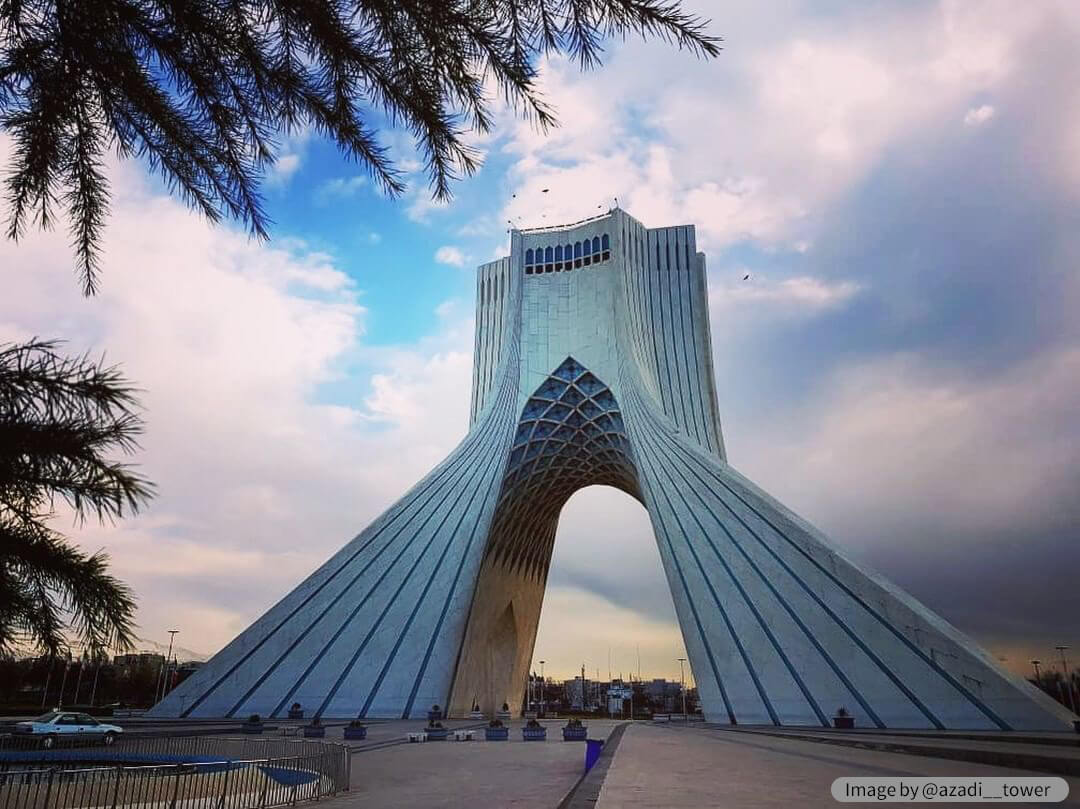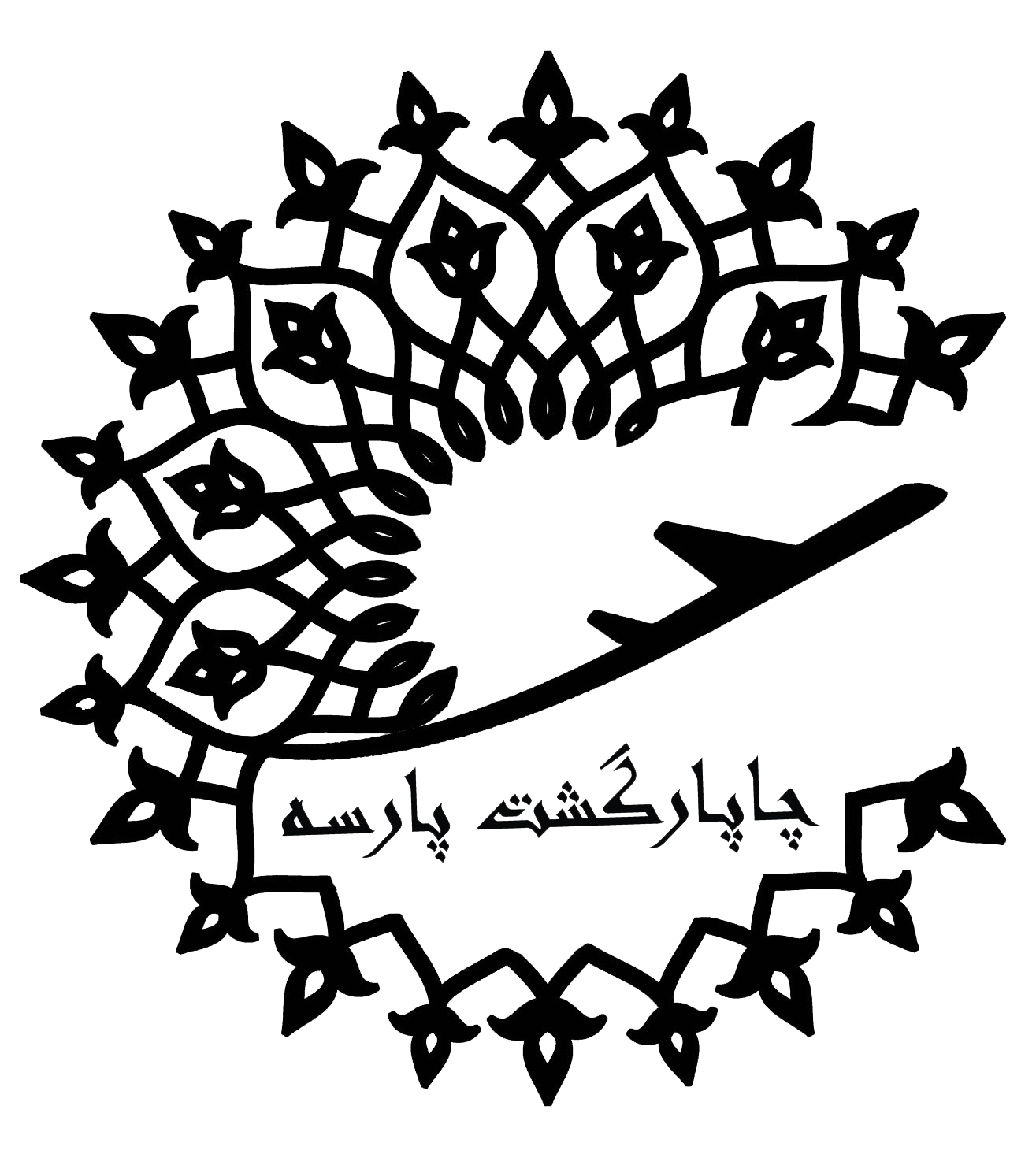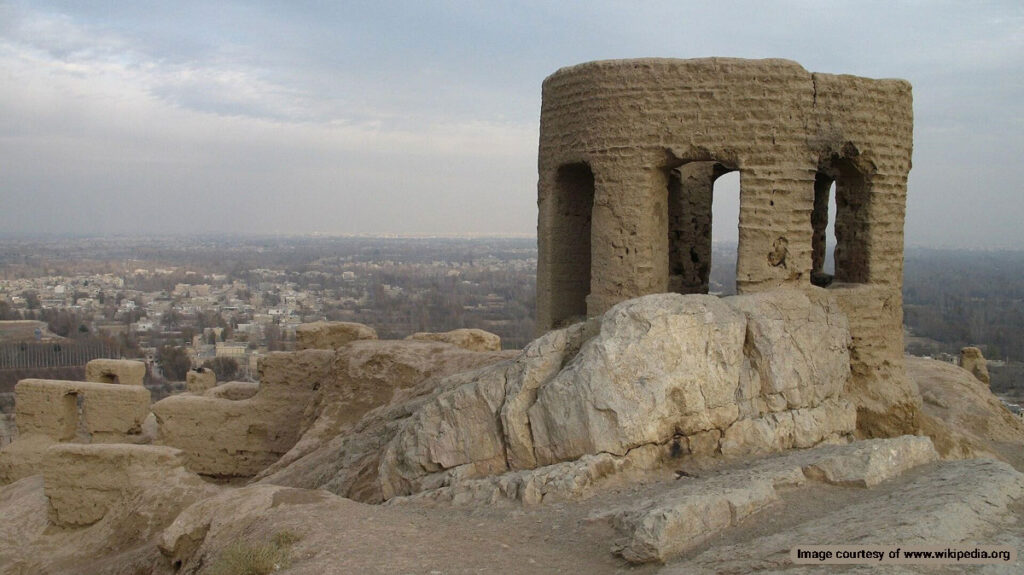
Fire temples, known as Atashkadeh or Atashgah in Persian, were central to the practice of Zoroastrianism in ancient Iran. These temples served as sanctuaries for the sacred fire, which represented Ahura Mazda, the supreme deity in Zoroastrianism, and symbolized purity and divine light. The reverence for fire in Zoroastrianism is deeply rooted in the belief that fire is a medium through which spiritual insight and wisdom can be gained. One of the surviving examples of such ancient fire temples in Iran is the Fire Temple of Yazd.
Origin and Function of Fire Temples
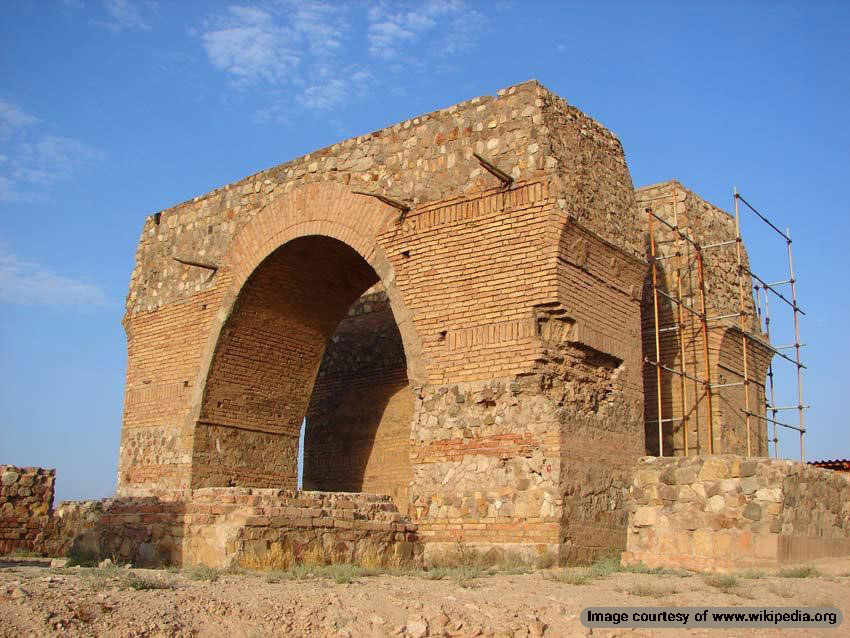
The origins of fire temples can be traced back to the earliest stages of Zoroastrianism, but their prominence grew significantly during the Achaemenid, Parthian, and Sasanian empires. Each dynasty contributed to the architectural and ritualistic development of these sacred spaces. Under the Achaemenids, fire temples began to be established in various regions, serving both as places of worship and as symbols of the empire’s religious and cultural identity.
During the Sasanian period, fire temples were systematically built and maintained, reflecting the state’s support for Zoroastrianism. These temples were often constructed with specific architectural features, including a domed structure to house the sacred fire and spaces for ritual ceremonies. The Sasanian monarchs played a pivotal role in promoting and preserving Zoroastrian religious practices, making fire temples integral to both spiritual life and state affairs.
Fire temples also served as community centers where festivals, communal gatherings, and important religious rituals were conducted. The continuous burning of the sacred fire required meticulous care and reverence, underscoring the Zoroastrian commitment to purity and the eternal struggle between good and evil.
Fire Temple Architecture
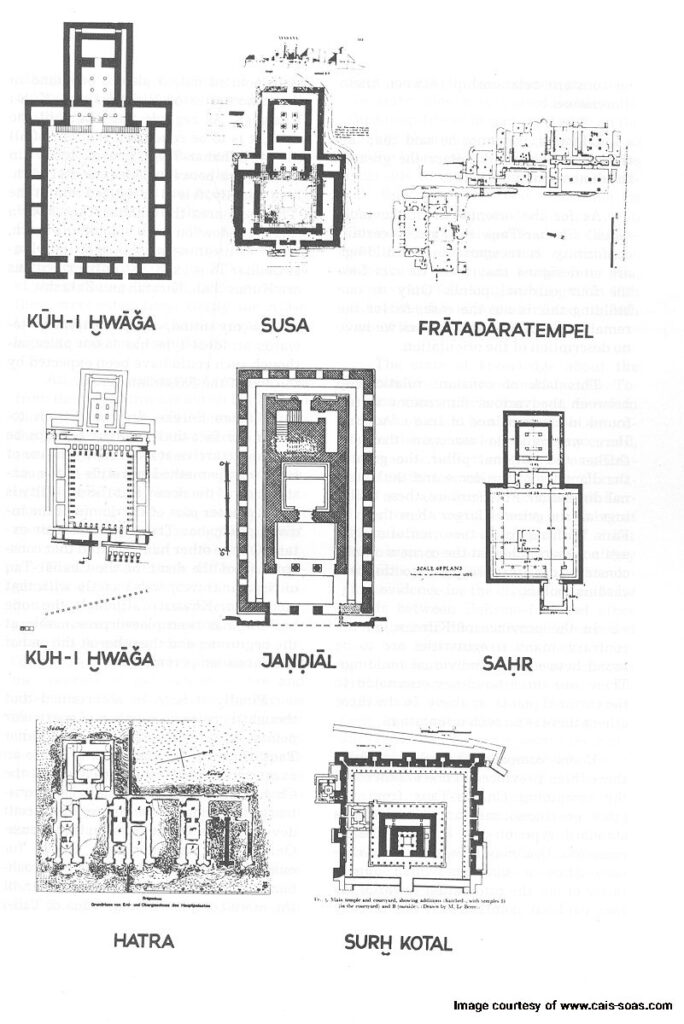
The architectural design of fire temples holds profound significance in Zoroastrianism, reflecting the spiritual and cultural values of ancient Persia. These structures were not only places of worship but also symbols of religious purity and cosmic order.
Key Architectural Features
Domed Structure: Many fire temples featured a distinctive domed design, which symbolized the heavens and the cosmic order. The dome was often placed above the sanctum where the sacred fire was kept, emphasizing the connection between the divine and the earthly realm.
Fire Chamber (Atashgah): The central element of a fire temple was the fire chamber, where the sacred fire was housed. This chamber was often elevated and separated from the rest of the temple to maintain the purity of the fire. Only priests (Mobeds) were allowed to enter this sanctum to tend to the fire.
Four Pillars: Traditional fire temples often included a hall with four pillars, representing the four cardinal directions. This design symbolized the temple’s role as a microcosm of the universe, with the sacred fire at its center.
Ceremonial Area: Surrounding the fire chamber were spaces designated for various rituals and ceremonies. These areas were designed to accommodate large gatherings of worshippers during festivals and religious events.
Archaeological Excavation and Discoveries of Fire Temples in Iran
Archaeological excavations in Iran have unearthed several significant fire temples, shedding light on the religious and cultural practices of ancient Persia. These discoveries provide valuable insights into the architectural, ritualistic, and social aspects of Zoroastrianism during the Sasanian period and earlier. In recent years, the following fire temple excavations were carried out that resulted in fascinating discoveries about Zoroastrian history in Iran.
Bazeh Hur Fire Temple
Location: Located in Khorasan-e Razavi, northeastern Iran.
Architectural Features: The temple features a small domed structure with two ruined mountain fortresses nearby. It has a layout with a dome supported by four arches, typical of a fire temple.
Historical Context: The temple dates back to the Sasanian period (224-651 CE). Some scholars suggest it might have been an outbuilding of the nearby fortresses.
Excavation Details: Excavations began in August 2014 by archaeologists from the University of Tehran. They found fragments of stucco and columns supporting the main hall.
Savadkuh Fire Temple
Location: Situated in the heart of the Alborz mountains, Savadkuh county.
Architectural Features: The temple is built in the shape of a “Chartaqi,” an architectural style with four arches and a dome.
Historical Context: The temple dates back to the Sasanian dynasty (224-651 CE). It is located about five kilometers from the Espahbod Khorshid Cave.
Significance: The discovery highlights the architectural ingenuity of the Sasanian period and the strategic importance of the region.
Espahbod Khorshid Cave
Location: Located in Savadkuh District, Mazandaran province.
Architectural Features: The cave features a natural refuge with a huge opening and a 7-story fortress from the Sasanian period. It includes a tower, fire temple, water tank, bath, and oven.
Historical Context: The cave served as a stronghold for the last ruler of Tabaristan during the Sasanian period. It has been used as a natural refuge for centuries.
Excavation Details: A preliminary Iranian-Italian archaeological expedition started in 2015 to systematically collect data regarding architecture and artifacts.
List of Notable Fire Temples in Iran
Below is a list of notable fire temples in Iran that constitute a significant part of Iranian religious history that you can visit today:
| Fire Temple | Location |
| Adrian Fire Temple | Tehran |
| Adur Burzen-Mihr (Fire Temple of Kashmar) | Kashmar |
| Adur Farnbag | Larestan County, Fars Province |
| Adur Gushnasp | West Azerbaijan Province |
| Espi Mazget | Rezvanshahr County, Gilan Province |
| Fire Temple of Amol | Amol, Mazandaran Province |
| Fire Temple of Yazd (Atashkadeh) | Yazd |
| Chak Chak Fire Temple | Ardakan, Yazd Province |
| Kerman Fire Temple | Kerman |
| Darb-e Mehr-e Gohar va Mehraban | Isfahan |
Rituals and Religious Practices in Fire Temples
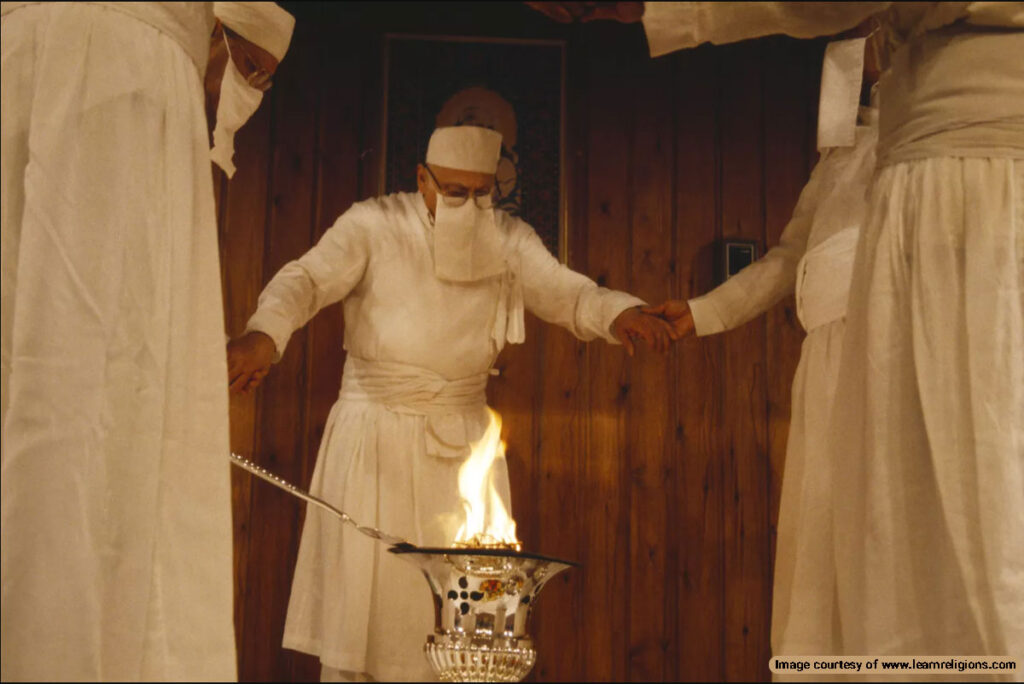
Fire temples, or Atashkadeh, were central to the religious life of Zoroastrians. These temples were not just places of worship but also hubs of community activity and spiritual practice. Here are some key rituals and religious practices associated with fire temples:
Maintaining the Sacred Fire: The primary ritual in a fire temple was the continuous tending of the sacred fire. This fire, representing Ahura Mazda, the supreme deity, had to be kept burning at all times. Only priests (Mobeds) were allowed to tend to the fire, ensuring it remained pure and untainted.
Prayers and Offerings: Daily prayers and offerings were an essential part of the ritual practice. Worshippers would bring fruits, flowers, and other offerings to the temple as a sign of respect and devotion. These offerings were made to honor Ahura Mazda and seek his blessings1.
Purification Rites: Purification was a significant aspect of Zoroastrian rituals. Before entering the temple, worshippers would undergo purification rites, which included washing hands and face and sometimes fasting. This ensured that they were spiritually clean and worthy to enter the sacred space.
Sacred Dances and Hymns: Rituals often included sacred dances and hymns, performed to honor the divine and maintain cosmic balance. These performances were not just artistic expressions but were believed to have spiritual significance, connecting the worshippers with the divine.
Community Gatherings: Fire temples served as community centers where people gathered for festivals, religious ceremonies, and important events. These gatherings fostered a sense of unity and spiritual continuity among the Zoroastrian community.
Rituals for Life Events: Fire temples played a role in significant life events such as births, marriages, and deaths. Special rituals were performed to bless these occasions and ensure the spiritual well-being of the individuals involved.
Impact of Fire Temples on Persian Culture and Society
Fire temples, or Atashkadeh, had a profound impact on Persian culture and society, shaping religious practices, social structures, and cultural identity. Here are some key aspects of their influence:
Cultural Identity
Fire temples played a crucial role in shaping Persian cultural identity. The architecture, rituals, and symbolism associated with these temples became integral parts of Persian heritage, contributing to a sense of national pride and continuity. The reverence for fire and the rituals performed in fire temples were deeply embedded in Persian culture, influencing art, literature, and daily life.
Intellectual and Philosophical Development
Fire temples were not just places of worship but also centers of intellectual and philosophical discourse. Scholars, philosophers, and thinkers gathered in these temples to discuss ideas, debate philosophical concepts, and explore scientific knowledge. This intellectual environment contributed to the rich cultural legacy of ancient Persia, fostering advancements in various fields.
Preservation of Tradition
Fire temples played a vital role in preserving Zoroastrian traditions and rituals over centuries. The meticulous care taken in maintaining the sacred fire and conducting rituals ensured that Zoroastrian practices were passed down through generations, maintaining the continuity of religious and cultural traditions.
Architectural Influence
The architectural design of fire temples, with their domed structures and symbolic decorations, influenced Persian architecture and art. These designs became iconic elements of Persian cultural heritage, inspiring future generations of architects and artists.
Visit Fire Temples in Iran and Bask in Ancient History
The legacy of fire temples extends far beyond their physical structures; they are deeply ingrained in the cultural and religious fabric of Persia and continue to influence modern-day Iran and the broader Zoroastrian community worldwide.
Fire temples have become symbols of Persian cultural heritage, embodying the spiritual and artistic achievements of ancient Persia. Their unique architectural designs, with domes and intricate decorations, have inspired subsequent generations of architects and artisans, contributing to the rich tapestry of Persian art and architecture.
Destination Iran invites you to explore the multitude of fire temples in Iran that represent an important aspect of Iranian cultural identity and learn more about Zoroastrian history.
Frequently Asked Questions about Fire Temple
If you have any other questions about fire temples or related topics, please let us know in the comments. We will respond as soon as possible.
What is a fire temple?
A fire temple, or Atashkadeh, is a place of worship in Zoroastrianism where a sacred fire is maintained. The fire symbolizes purity and the presence of Ahura Mazda, the supreme deity in Zoroastrianism.
What is the significance of fire in Zoroastrianism?
Fire represents light, purity, and the divine. It is considered a medium through which spiritual insight and wisdom can be gained. The continuous burning of the sacred fire symbolizes the eternal presence of Ahura Mazda.
Are there different types of fire temples?
Yes, there are three main types of fire temples, classified based on the grade of the fire:
- Atash Dadgah: A fire lit and kept burning by laypersons.
- Atash Adaran: A fire of middle grade, tended by priests and laypersons.
- Atash Behram: The highest grade of fire, requiring elaborate rituals and continuous maintenance by priests.
How old are the fire temples in Iran?
Many fire temples date back to the Sasanian Empire (224-651 CE), although some may be even older. Archaeological discoveries have revealed the presence of fire temples from earlier periods as well.



